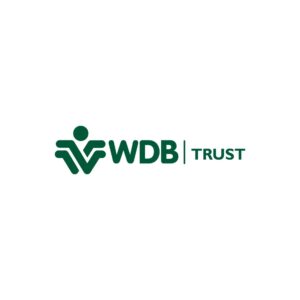The funding calculations that are used to make decisions
South African business loan providers—whether Profit Partners, Growise, Lula, or similar institutions—appear to focus on the usual metrics: credit scores, trading history, collateral, and financial statements. But behind these obvious criteria lurks a hidden secret metric they lean on: the Debt-Service Coverage Ratio (DSCR), often operating beneath their marketing narratives.
DSCR: The Unspoken Make-or-Break Metric
When small business owners approach lenders for funding, they often focus on profitability, growth projections, or their ability to show a healthy bank balance. These are important indicators, but there is another metric that quietly decides the fate of most loan applications: the Debt Service Coverage Ratio, or DSCR. For many entrepreneurs, this figure is not only unfamiliar but misunderstood, and yet it is one of the most decisive factors in determining whether funding is approved. In essence, the DSCR measures a business’s ability to cover its debt obligations through its ongoing operating income. The higher the ratio, the more comfortably the business can service debt, and the safer it appears to lenders
What lenders don’t tell you: unless your DSCR is north of 1.2, you’re likely to be declined—or offered funding at crippling terms—regardless of how attractive everything else looks.

The reason DSCR is so decisive is that it reveals more than just profitability. Profit can be inflated by accounting adjustments, while cash flow snapshots can be distorted by timing differences in receivables or payables. DSCR, however, strips away these illusions by focusing on sustainable operating income compared to hard debt commitments. For lenders, this ratio is a stress test: it indicates whether a business can realistically handle its debt load over time, rather than under ideal conditions. In a way, DSCR is less about what a business earns and more about how much breathing room it has once obligations are factored in.
Yet, despite its importance, many entrepreneurs and small business owners do not fully understand what DSCR measures or how it is calculated. When asked for “cash flow statements” or “income projections,” applicants often assume that lenders are simply checking liquidity or profitability. They might highlight a growing turnover or point to retained earnings as proof of financial health. But lenders are instead scrutinizing whether those earnings translate into a safe buffer after debt obligations are met. This disconnect frequently results in confusion, with business owners puzzled as to why profitable ventures still face funding rejections.
Why These Secrets Matter
For small businesses in particular, paying attention to DSCR can be the difference between accessing growth capital and being locked out of credit markets. A company might have an innovative product, a strong client base, and even a solid profit margin, but if its DSCR suggests little or no cushion, lenders will hesitate. This is especially relevant in volatile markets, where lenders are wary of shocks that could tip businesses into default. By contrast, a healthy DSCR signals preparedness and discipline, reassuring lenders that the business can withstand challenges while still honouring its commitments.
The problem is compounded by the fact that DSCR is rarely explained upfront in plain language. Loan application forms may mention cash flow analysis, but they seldom clarify that what is truly being evaluated is the debt service coverage. Even in financial literacy programs, DSCR receives far less attention than common ratios like profit margins or return on investment. As a result, many entrepreneurs walk into funding negotiations unprepared, unable to demonstrate how their business generates the cushion that lenders demand.
Understanding DSCR also matters because it highlights strategies that can improve funding prospects. Since the ratio depends on both income and debt obligations, businesses can strengthen their DSCR in two ways: by increasing operating income or by managing debt more carefully. For example, negotiating longer repayment terms can reduce the size of each debt instalment, thereby lifting the DSCR. Similarly, streamlining operations or expanding revenue channels can boost net operating income, which directly improves the ratio. In practice, lenders do not just look at the current DSCR but also at how it trends over time, so demonstrating consistent improvement can make an applicant far more attractive.







